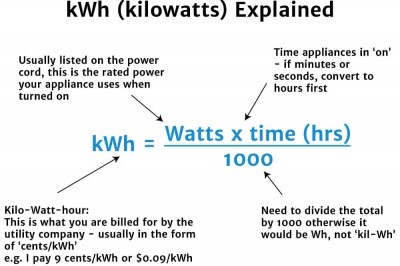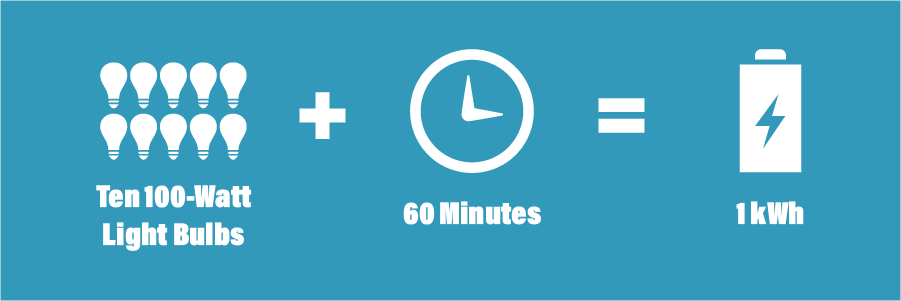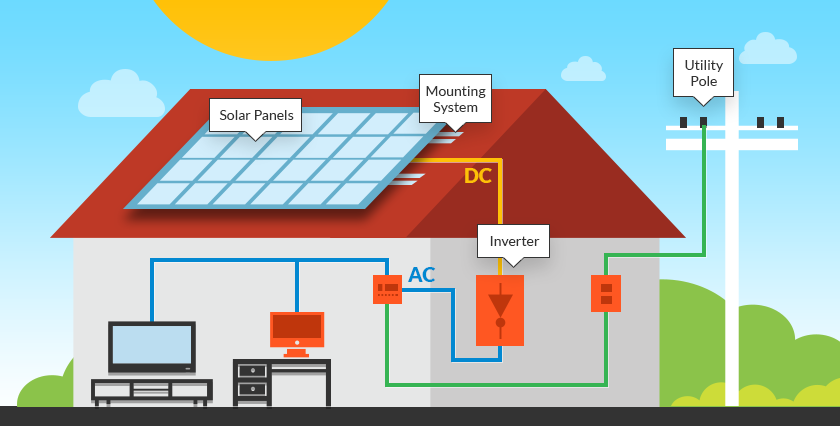Best Value & Quality Solar Energy Solutions. What is a kilowatt-hour (kWh)? Naples Manor, FL. For Free Consultation Call us at Call (732) 907-8400
Some commonly asked questions
- What to consider in a solar mounting system?
- What are solar inverters?
- Solar panels: Everything you need to know
- What are the three types of solar inverters?
- What are solar trackers?
- How much energy does a solar panel produce?
- What are the different types of solar batteries?
- What are the 3 types of solar panels?
- Can you install solar panels yourself?
- What is solar leasing?
- What is a grid-tied solar system?
- What is return on investment (ROI) of residential solar panels?
- Why do you need to have a solar battery?
- Solar financing options: How do you pay for solar?
- What is a solar power system?
- What are solar mounting systems?
- What to know about a solar panel warranty
- What is an off-grid solar system?
- What are the steps to consider before installing solar panels?
- What is a hybrid solar system?
Naples Manor is a census-designated place (CDP) in Collier County, Florida, United States. The population was 5,562 at the 2010 census.[4] It is part of the Naples–Marco Island Metropolitan Statistical Area.
Naples Manor is located in western Collier County at 26°5′23″N 81°43′30″W / 26.08972°N 81.72500°W / 26.08972; -81.72500 (26.089653, -81.724910).[5] It is bordered to the southwest by U.S. Route 41, to the north by Lely, and to the east by Lely Resort. Downtown Naples is 5 miles (8 km) to the northwest on U.S. 41.
A kilowatt-hour (abbreviated kWh or kW⋅h) is a unit of energy equal to the rate at which electric current flows for one hour. It is commonly used in reference to electricity usage
but can be used for any type of energy that results from the transformation of matter such as chemical reactions, heat engines, and electric motors. The kilowatt-hour is often represented by the notation kWh.
In electrical engineering, a kilowatt is a standard unit of power equal to one thousand watts. A megawatt is a standard unit of power equal to 1 million watts.
In electronics and digital circuits, the unit symbol for a kilowatt-hour is kWh or kWh. Sometimes it’s shortened to just kWh (capital K with small letter H), though that capitalization convention isn’t required by international standards.
This article covers what a kilowATT hour is, its common uses, variations in value, and common mistakes when using this measurement.
How do I calculate electricity consumption per kWh?
The most common way to estimate an electricity consumption per kilowatt-hour is by using the Ohm’s Law equation. This can be done by calculating the power consumed in amperes, multiplying it by time, and dividing it into volts.
An approximation of a kilowatt-hour can also be derived through knowing the wattage of devices that are being used, as well as how long they use energy. The wattage of a device is measured in watts and the hours of use are measured in hours.
There are other ways to estimate an electricity consumption per kilowatt-hour, including measuring voltage and current with meters, or estimating based on how much energy devices draw from the power grid.
How Do You Calculate The Number Of KWh Used Per Day?

One kilowatt-hour is equal to 3.6 megajoules or 3.6-kilowatt seconds of energy use. When calculating the number of kilowatt-hours used per day, you can simply take the total power in a circuit, divide it by 3.6, and then multiply that number by 24 to get the total number of hours used in a day.
The best way to calculate how much electricity is being used on your behalf is to make sure you’re using an energy meter that accurately measures power consumption over time and provides you with an easy method for tracking user trends.
Energy meters are often installed where you need them most – on the electrical panel. They can also be connected directly to your energy bill so you can see how much electricity you’ve been using yourself over time.
How Do You Calculate The Number Of KWh From Watts?
To calculate the number of kilowatt-hours, divide the wattage by 1000. For example, if your load requires 60 watts and you want 80 percent efficiency, then your system should run at a capacity of 6 kilowatt-hours per hour.
The following factors can impact the number of kilowatt-hours you will need for a certain amount of energy:
The number of hours in a day
The efficiency of your system
How Many Watts Does It Take To Run A House?
One of the most common questions people ask is how many watts it take to run a house. In general, the answer to this question comes from the size of the home and its usage. For example, if a family has a 2,000-square-foot home with two large televisions on at once, they will need around 1.5 kW or 15 kW to run that home because they are using power at moderate levels. If a family has a 10 kW generator in their backyard and uses it for four hours on one day and then three hours on another day, they would use up 3.6 kWh or 36 kWh in total. The average American household burns through about 10 kW per day and uses roughly 30 kWh per day.
Can solar panels provide all my electricity?
Solar panels are a great way to produce electricity at home, but they won’t be able to provide all of your electricity needs. The amount generated by solar panels is measured in kilowatt-hours (kWh). In order to understand how much energy a solar panel provides, you’ll need to look at the total energy produced by the panel during a full day. Since sunlight can vary greatly depending on weather and time of day, it’s difficult for solar panels to generate an even amount of power each day. You will likely get anywhere from 1 to 8 kWh with one solar panel during sunny weather, but less than that in cloudy or nighttime conditions. However, if you want your system to generate more power than what you need for your home or business, you may consider connecting two or more solar panels together via a small inverter or replacing them with an electric generator.

How To Reduce Your Energy Usage?
A kilowatt-hour (kWh) is a unit of energy equal to the rate at which electric current flows for one hour. It is commonly used in reference to electricity usage but can be used for any type of energy that results from the transformation of matter such as chemical reactions, heat engines, and electric motors. The kilowatt-hour is often represented by the notation kWh.
In electrical engineering, a kilowatt is a standard unit of power equal to one thousand watts. A megawatt is a standard unit of power equal to 1 million watts.
In electronics and digital circuits, the unit symbol for a kilowatt-hour is kWh or kWh. Sometimes it’s shortened to just kWh (capital K with small letter H), though that capitalization convention isn’t required by international standards.
This article covers what a kilowATT hour is, its common uses, variations in value, and common mistakes when using this measurement.

